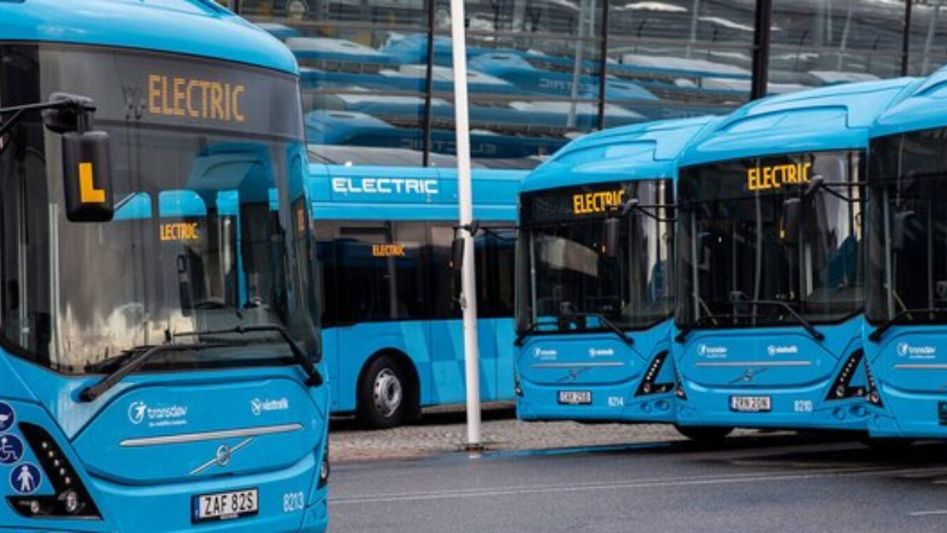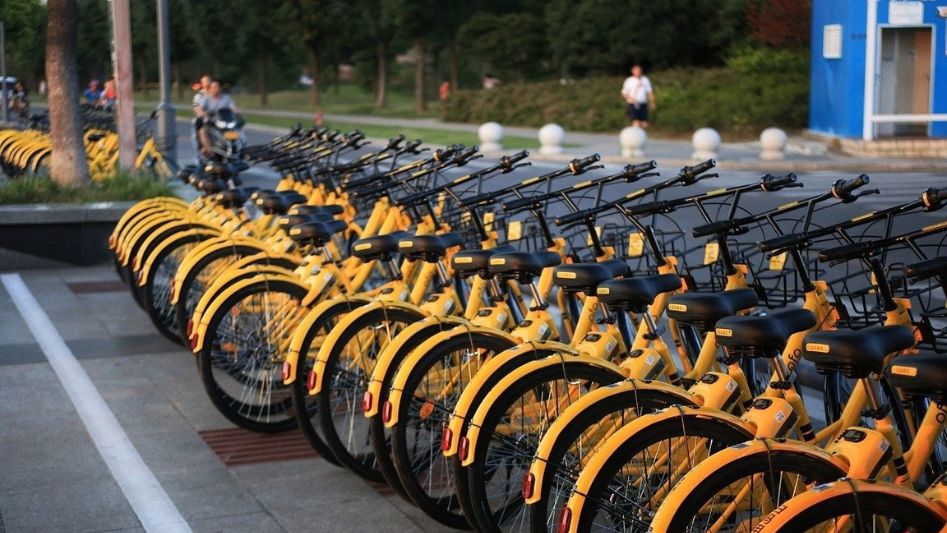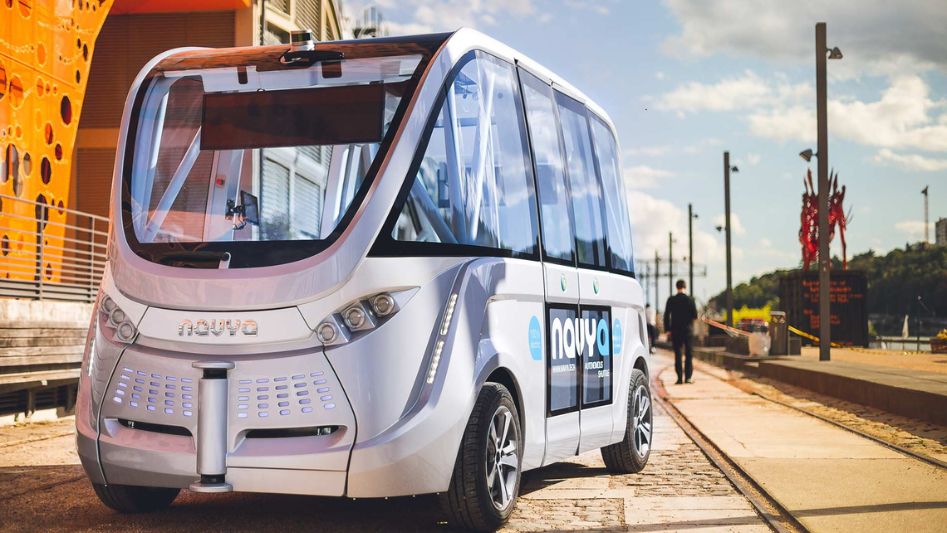Transportation is one of the biggest contributors to global carbon emissions, and as the world becomes more conscious of climate change and environmental sustainability, it has become increasingly clear that we need to find ways to make transportation more environmentally friendly. Electrification and sustainable mobility are two key strategies that can help achieve this goal.
Table of Contents

The Rise of Electric Vehicles
Electric vehicles (EVs) have been around for many years, but they are finally starting to gain popularity. The technology has improved significantly, making EVs more efficient, cheaper, and more accessible to the general public. The global EV market is expected to grow rapidly in the coming years, with some estimates predicting that EVs will account for more than half of all new car sales by 2030.
Advantages of Electric Vehicles
The advantages of EVs are numerous. They emit zero tailpipe emissions, which means they don’t contribute to air pollution. They are also quieter than traditional gasoline-powered vehicles and have lower operating costs. Additionally, as the power grid becomes greener, the carbon emissions associated with charging EVs will continue to decrease.
Infrastructure for Electric Vehicles
One of the biggest challenges facing the widespread adoption of EVs is the lack of charging infrastructure. Governments and private companies are investing heavily in building out charging networks, but more needs to be done to make EVs a viable option for long-distance travel. This will require more investment in charging infrastructure and the development of faster charging technologies.

Sustainable Mobility
Electrification is just one piece of the puzzle when it comes to sustainable mobility. Other strategies, such as public transportation, cycling, and walking, also play a crucial role in reducing the carbon footprint of transportation. Encouraging people to use these modes of transportation will require investments in infrastructure, such as bike lanes and pedestrian walkways, as well as policy changes to make public transportation more affordable and accessible.
Smart Mobility
The future of transportation will also involve the use of smart mobility technologies, such as autonomous vehicles, connected cars, and intelligent transportation systems. These technologies have the potential to improve safety, reduce congestion, and improve the efficiency of transportation systems. However, they also raise concerns about data privacy and cybersecurity that need to be addressed.

Conclusion
Electrification and sustainable mobility are the future of transportation. As the world becomes more conscious of the need to reduce carbon emissions and protect the environment, it is clear that we need to find ways to make transportation more sustainable. The adoption of EVs, investment in charging infrastructure, and promotion of sustainable mobility strategies are all critical steps in achieving this goal. Additionally, the use of smart mobility technologies will help improve the efficiency of transportation systems and reduce the carbon footprint of transportation. By working together, we can create a cleaner, more sustainable future for transportation.
FAQ
What is electrification in transportation?
Electrification in transportation refers to the use of electric power to propel vehicles, rather than traditional fossil fuels such as gasoline or diesel.
What are the challenges facing the widespread adoption of electric vehicles?
The lack of charging infrastructure is one of the biggest challenges facing the widespread adoption of electric vehicles, along with concerns about the range of electric vehicles and their upfront cost.
What is the future of transportation?
The future of transportation is expected to involve greater electrification, sustainable mobility strategies, and the use of smart mobility technologies to improve safety, efficiency, and sustainability.
How can governments promote sustainable transportation?
Governments can promote sustainable transportation by investing in public transportation infrastructure, developing bike lanes and pedestrian walkways, promoting policies to make public transportation more affordable and accessible, and incentivizing the use of low-carbon transportation options.
You May Also Like
- BUILDING SUSTAINABLE COMMUNITIES WITH GREEN ENERGY
- THE IMPACT OF ELECTRIC BOATS AND CARS ON THE ENVIRONMENT AND SOCIETY
- THE TECHNICAL CHALLENGES OF IMPLEMENTING HYDROGEN-POWERED FLIGHT
- MAKING THE SHIFT: HOW HYDROGEN INFRASTRUCTURE SUPPORTS THE ADOPTION OF HYDROGEN VEHICLES
- CONVERTING TRADITIONAL ENGINES TO RUN ON HYDROGEN: A LOOK AT THE LATEST EFFORTS
